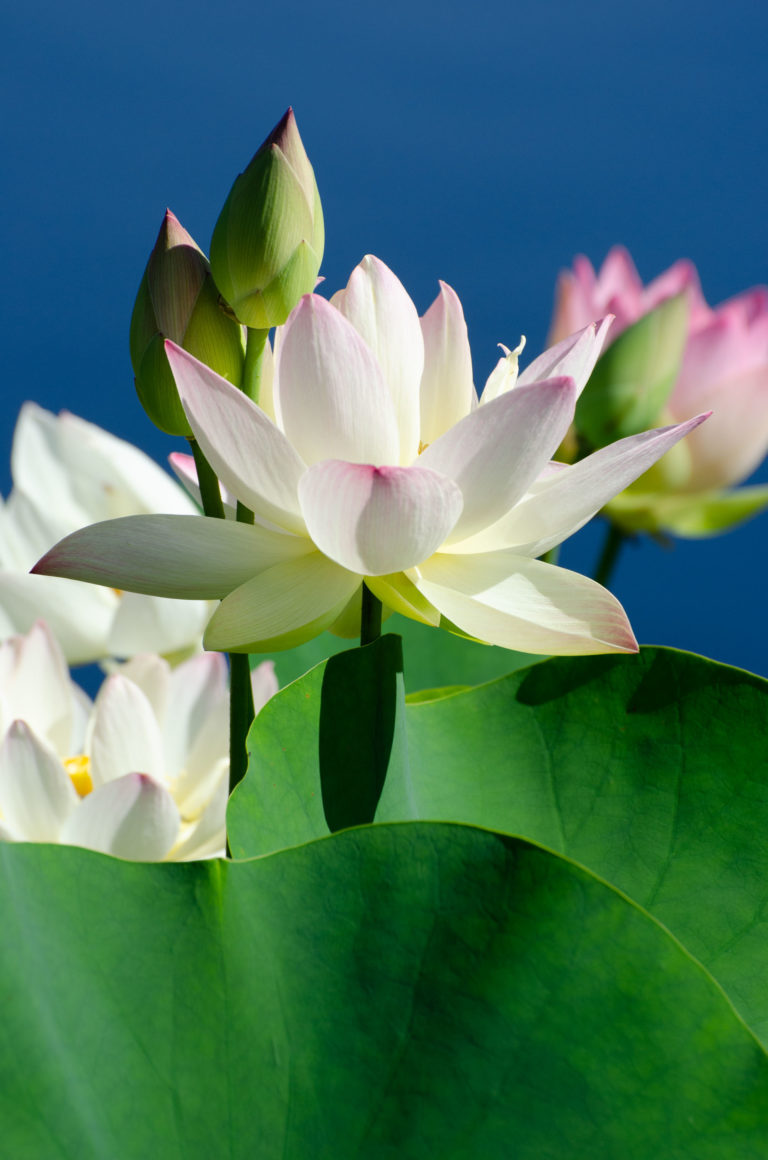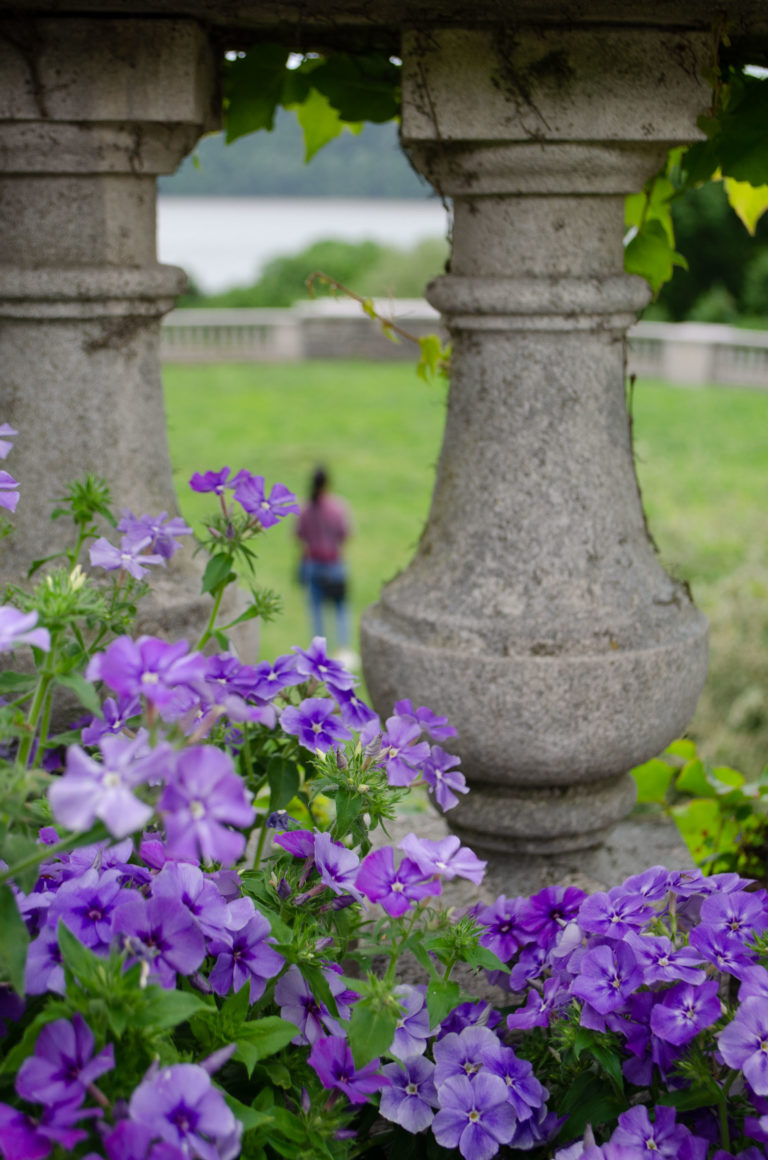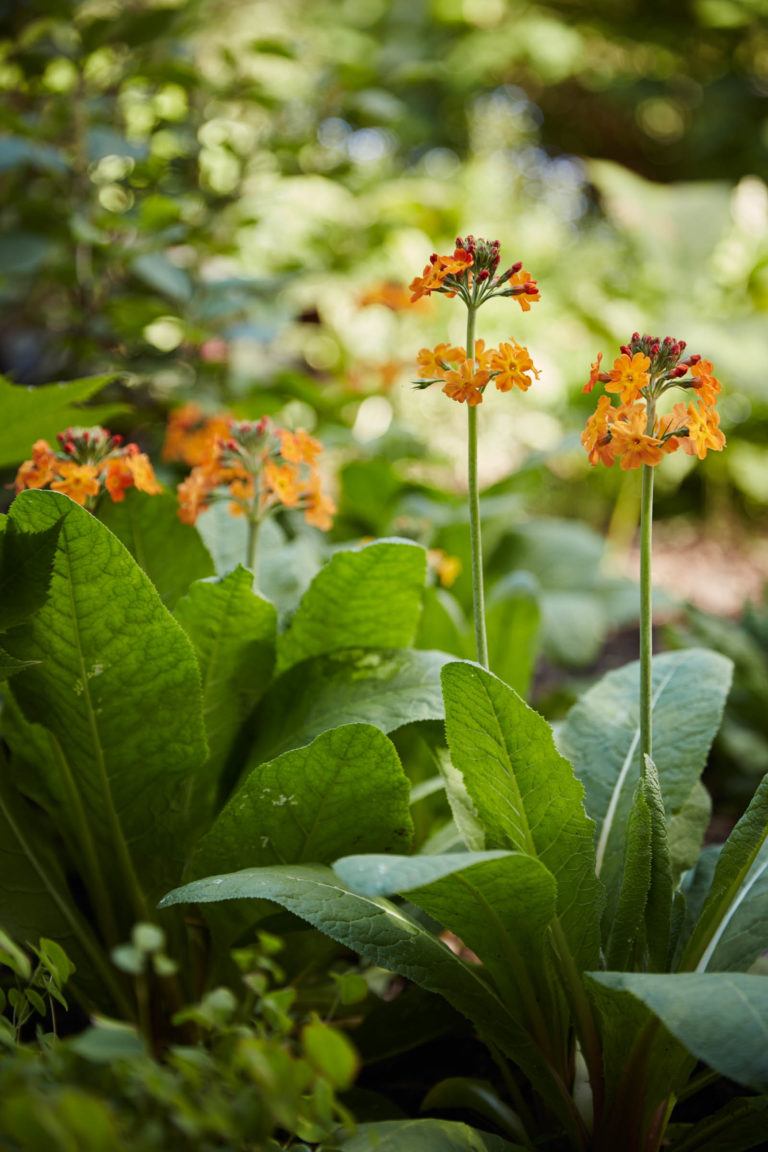
Shade Border
A quiet, richly planted corner
A relatively late addition to the garden landscape, the Shade Border started out simply as a shady spot for growing interesting shade-tolerant plants. Founding Director of Horticulture Marco Polo Stufano and his gardeners picked the northeast corner of the property, just beyond Wave Hill House. This was a couple of decades ago, and at that time several, towering American elms made for a shady corner.
Since then, most of the elms have since succumbed to Dutch elm disease, replaced by oaks, among others. Today, this quiet corner is home to woodland plants from many parts of the world.
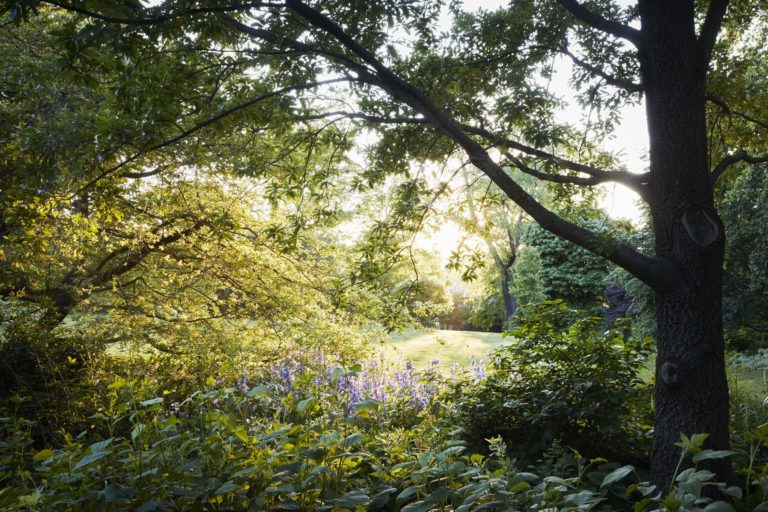
Ngoc Minh Ngo
The Shade Border makes an “L” shape. Its two long arms run west towards Wave Hill House and south towards the Wild Garden, from a curved arbor, designed by former Senior Director of Horticulture Louis Bauer, in the northeast corner of the garden.
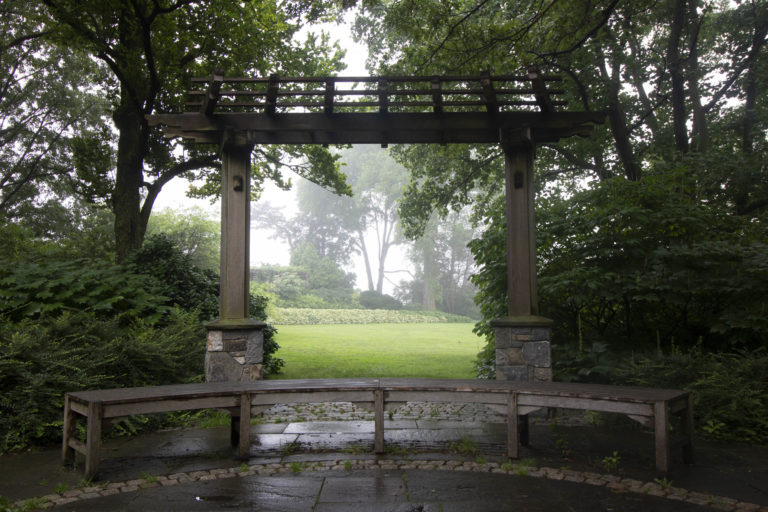
Springtime along the Shade Border:
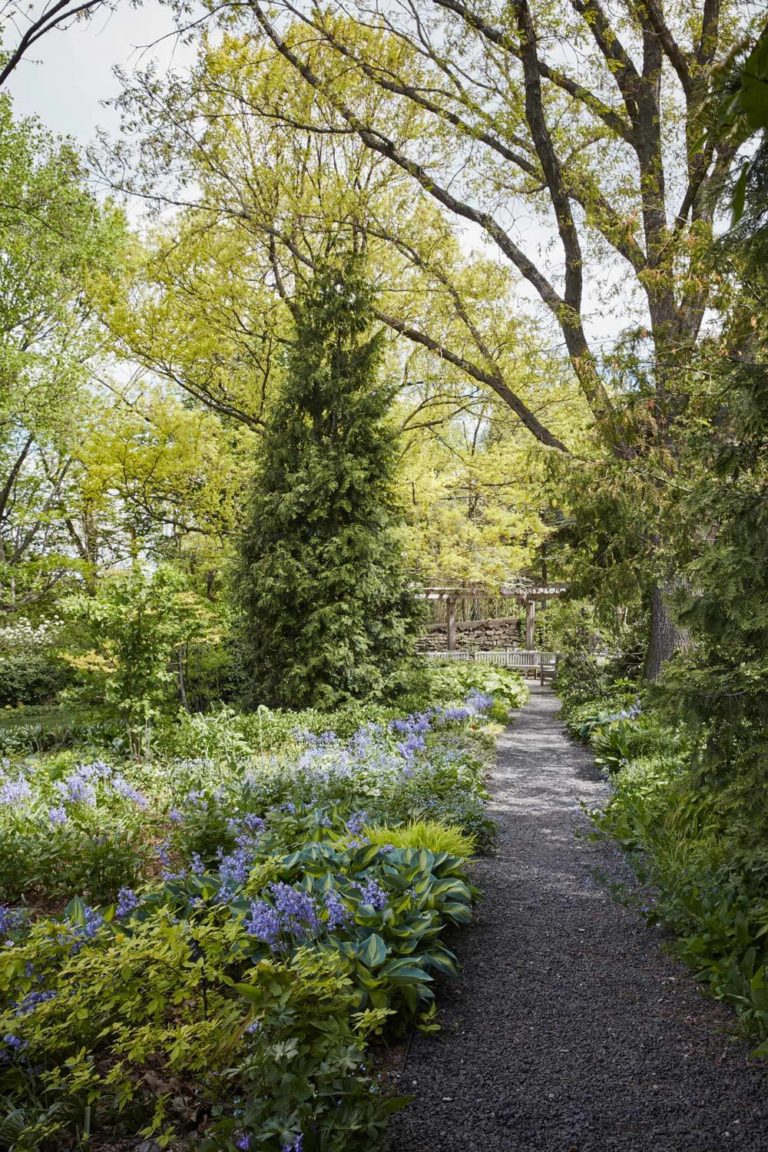
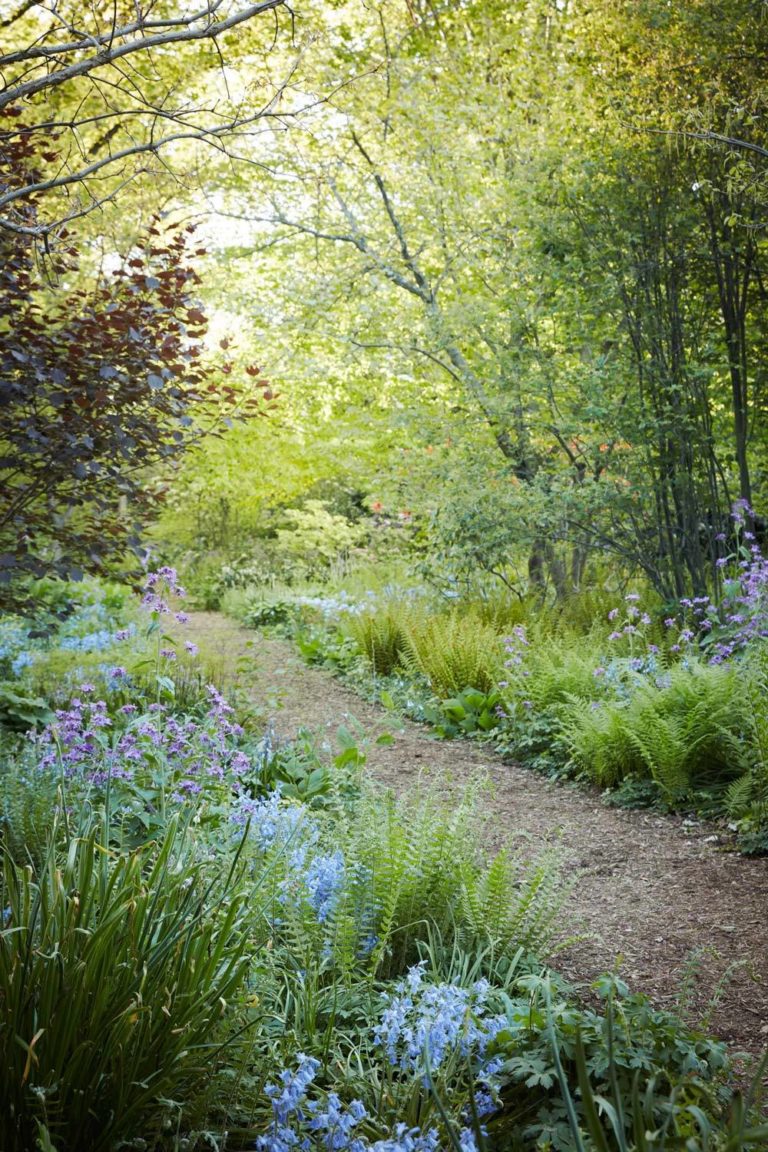
Two views in fall:
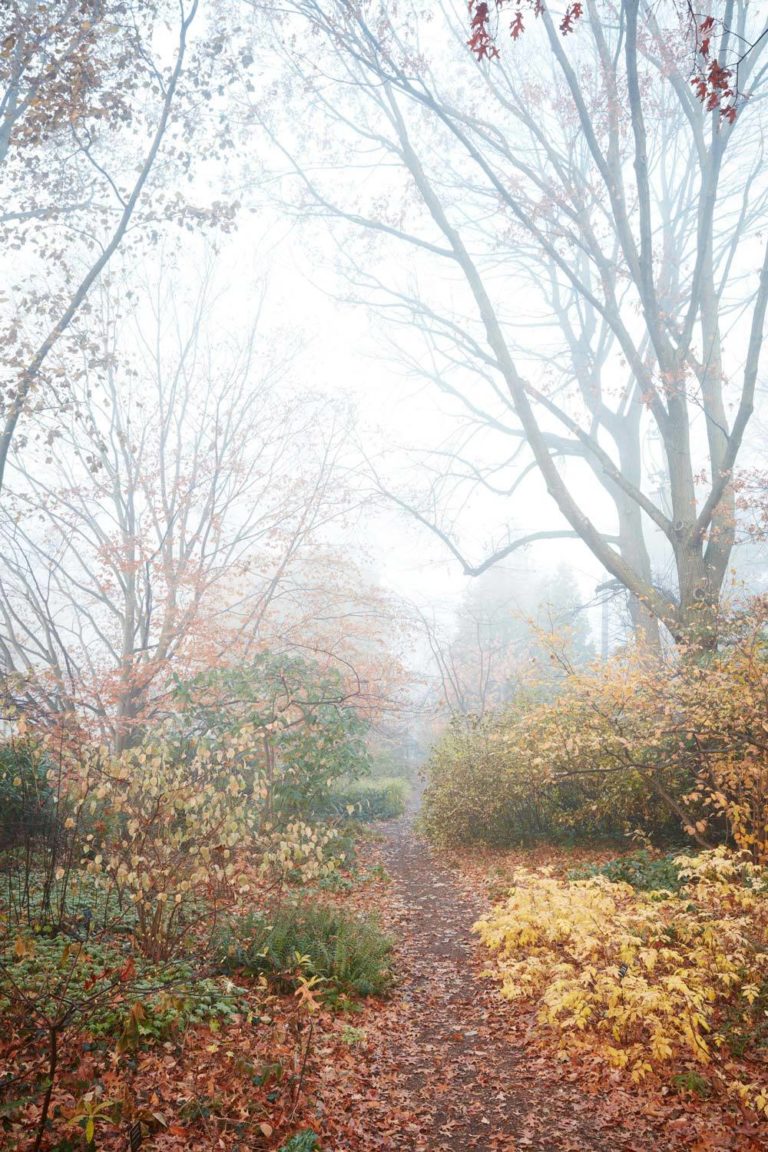
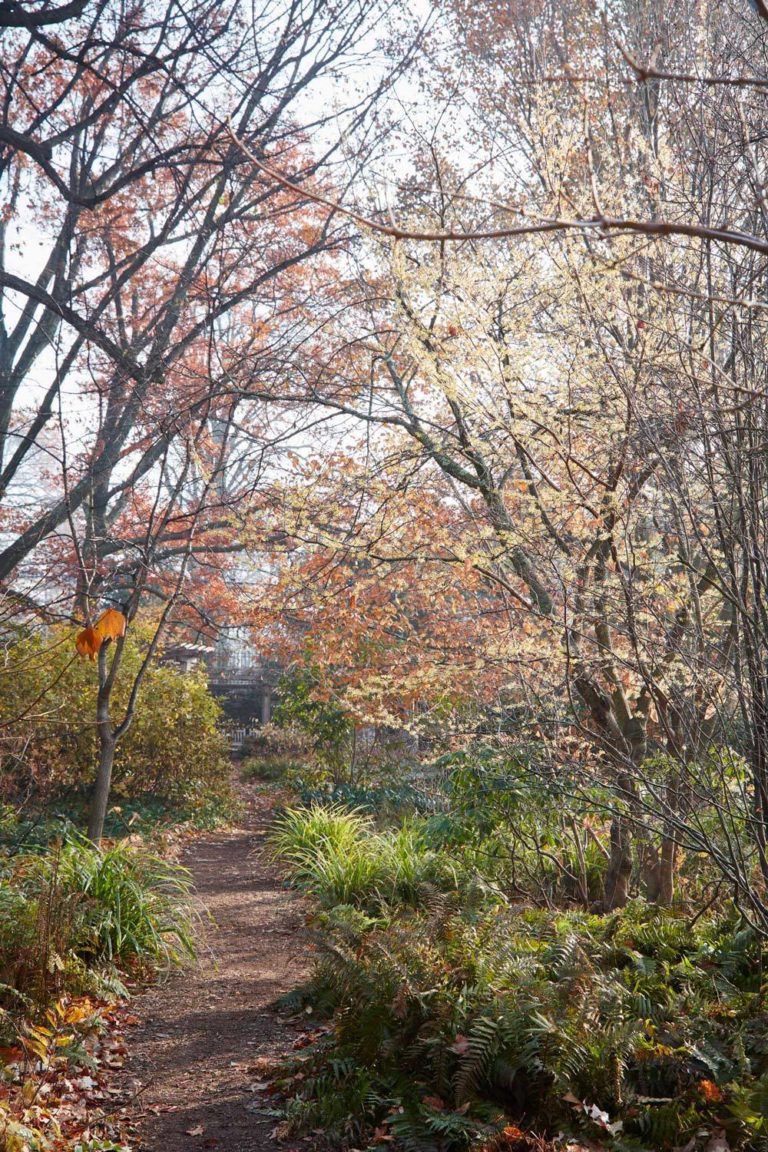
Photos: Ngoc Minh Ngo
Easily missed in winter, this corner of the garden is a worthy destination three seasons of the year. Perhaps more than any other part of the garden, the Shade Border is a study in the art of using light and shade to build a rich plantscape. Repeated visits, starting in spring, reward the visitor with a new appreciation for the degree of light a growing thing needs, but also the time of day a plant receives its ration of light, and how long that period is and how partial the light. And if it grows in partial shade, what throws the shade? It could be the consistent shade provided by evergreens, or by a wall--changing as the sun moves across the sky--or that cast by the bare branches of early spring.
Shade gathers from year to year in the garden like the wrinkles on your face, growing more pronounced with time...A shade garden needs all the design elements of the larger garden. It may need more so that it “reads” as a purposeful landscape.
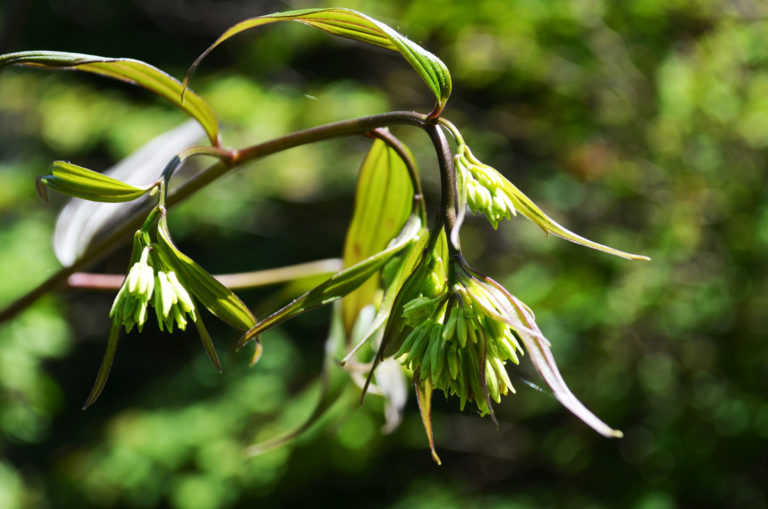
Canton Fairy Bells cultivar
The foliage coloration of this cultivar is at its most intense in spring; by late summer it will have turned to an olive-green.
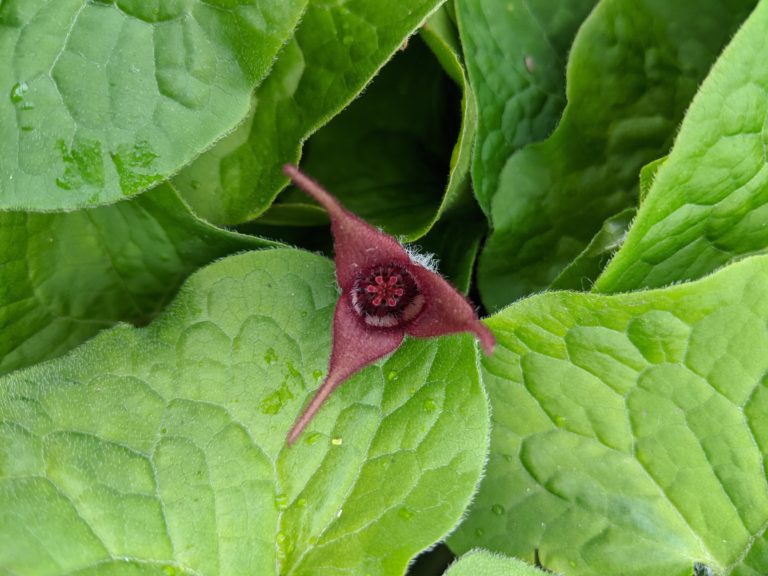
Wild Ginger
Wild ginger, its flowers diminutive and quite beautiful, makes an attractive ground cover in a shady spot in the garden.
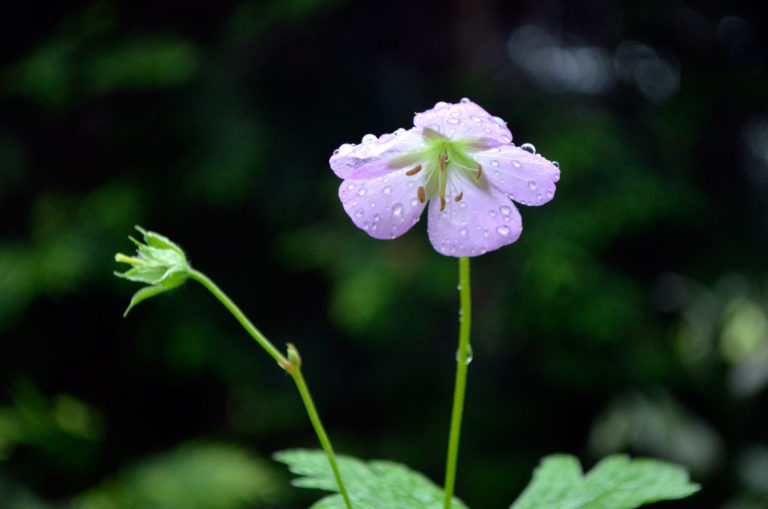
Wild Geranium
These are called “hardy geraniums” or “cranesbills” because of the bill-like shape of their seedheads, which appear shortly after flowering.
